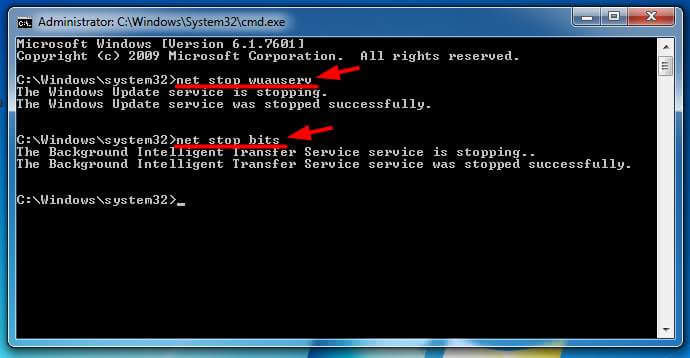

Width: x for files over a specific height.Width: >x for files over a specific width.If you don’t know the exact dimensions, but you know it’s within a certain limit, you can instead use the following search parameters: Simply replace ‘x’ with the exact dimensions.


If you know the dimensions of the image, you can type in width: x, height: x. Below we have a number of tips exclusive for images on your PC. lib/mysql/my_database_dir/another_big_table.First let’s take a look at the options you have available for tracking down specific images. lib/mysql/my_database_dir/a_big_table.ibdĩ97M. Sudo du -aBM 2>/dev/null | sort -nr | head -n 10ġ825M. Note: Prefix with sudo to include directories that your account does not have permission to access.Įxample showing top 10 biggest files and directories in /var (including grand total). Leave off more if using a smaller number.2>/dev/null - exclude "permission denied" error messages (thanks arguments:.-BM to output the sizes in megabyte (M) block sizes (B).du -aBM 2>/dev/null | sort -nr | head -n 50 | more My favorite solution uses a mix from several of these good answers. It allows to browse through the directories and show percentages of disk usage with ncurses library. It provides a fast and easy-to-use interface through famous du utility. On the "related packages" section of gt5, I found ncdu. It is possible to navigate and ascend to directories by using cursor-keys with text based browser (links, elinks, lynx etc.) It displays what has happened since last run and displays dir size and the total percentage. This small and effective programs provides more convenient listing than the default du(1). Years have passed and disks have become larger and larger, but even on this incredibly huge harddisk era, the space seems to disappear over time. One application that looks very promising is gt5. The next command find files between 10MiB and 12MiB: find / -size +10M -size -12M -lsĪpt-cache search 'disk usage' lists some programs available for disk usage analysis. If you want to find files between a certain size, you can combine it with a "size lower than" search. The next command will list all files larger than 10MiB ( not to be confused with 10MB): find / -size +10M -ls If you just need to find large files, you can use find with the -size option.


 0 kommentar(er)
0 kommentar(er)
